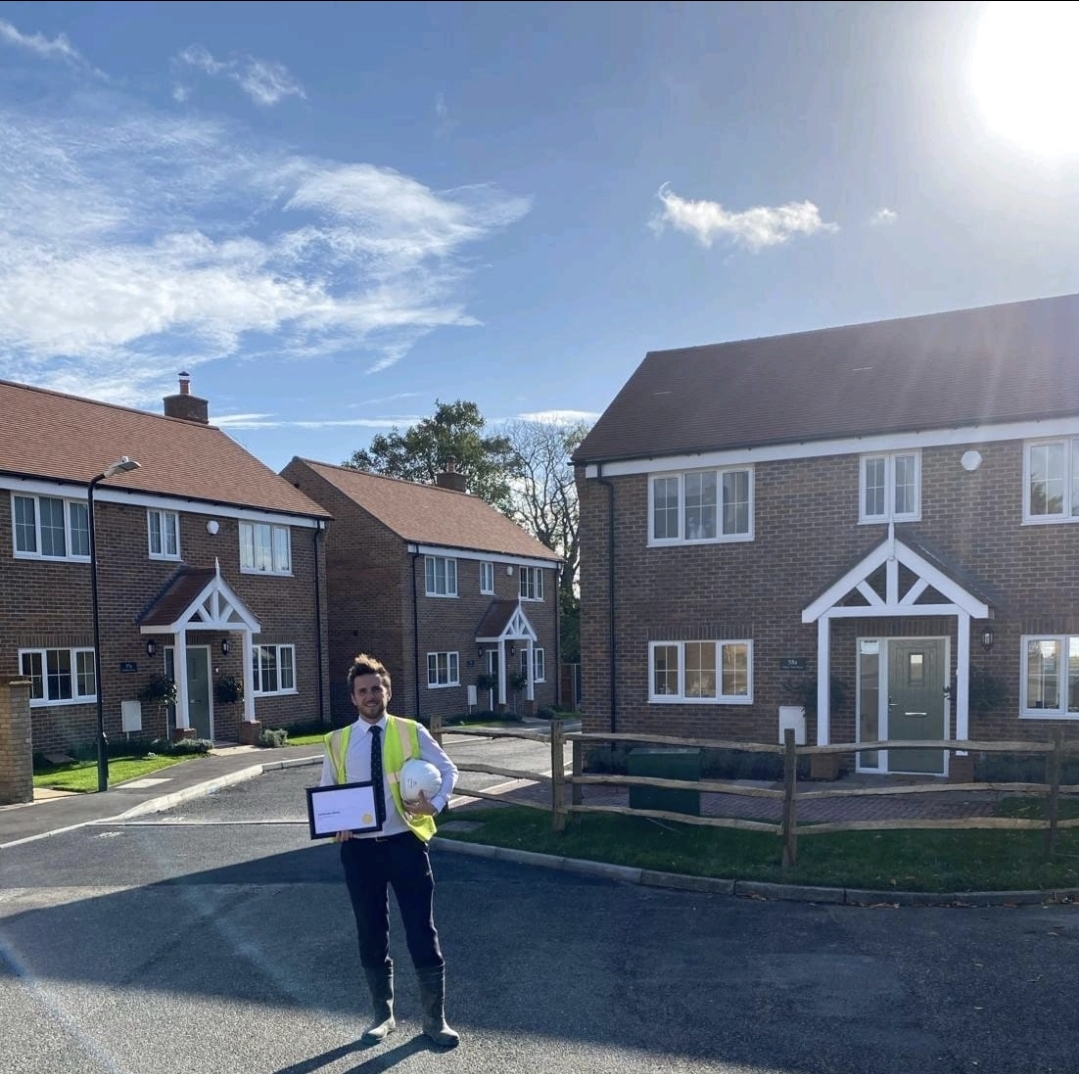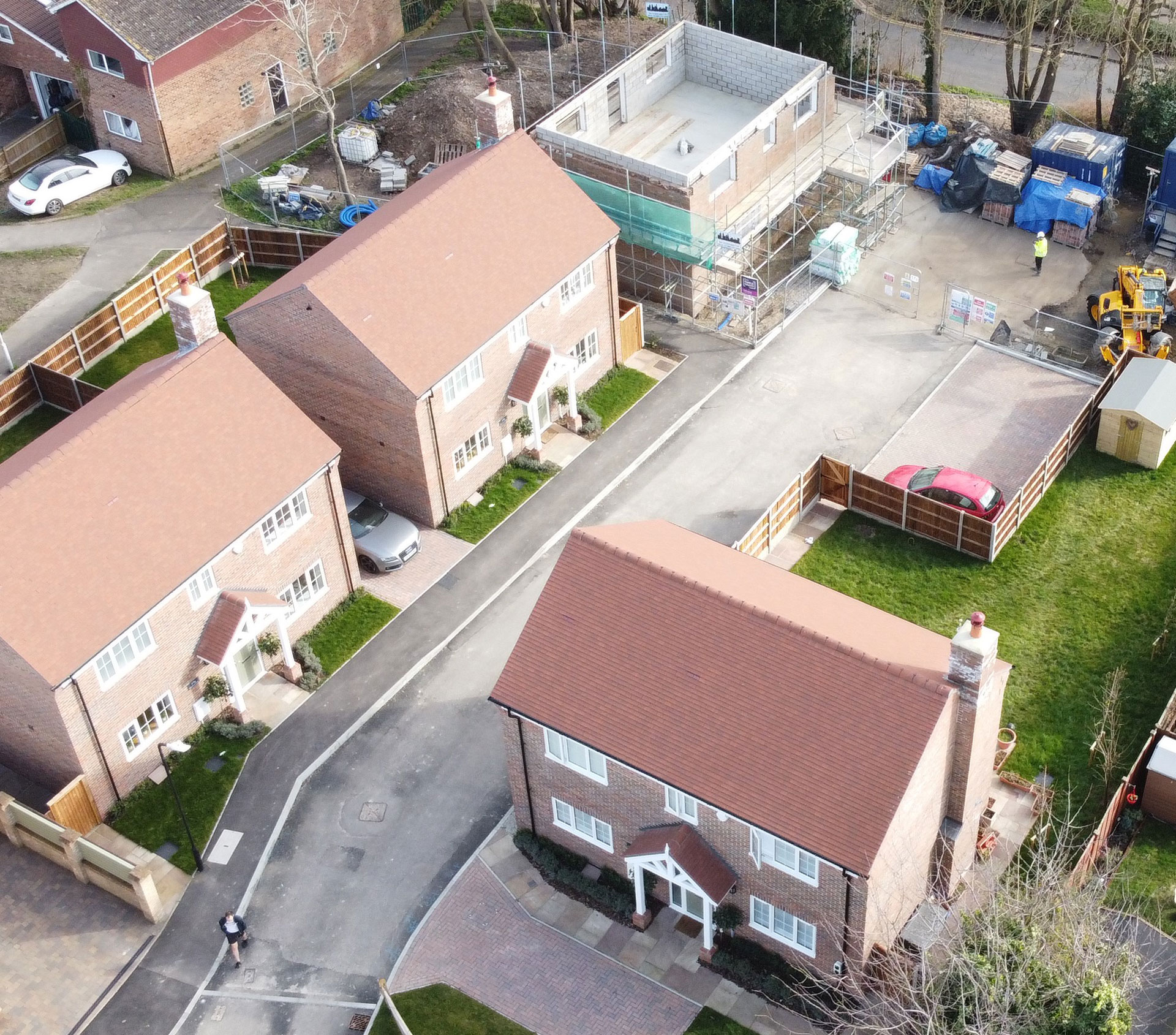Under new rules released by the government in 2021, new build homes are now permitted to produce 30% less carbon than previous standards. Not only is it an effort to help the UK achieve net zero by 2050, but with climbing energy rates, it’s also a way homeowners can save damage to their pocket as well as the planet.
Many new builds such as our recent development in Hextable, includes sustainable technology as standard, such as high-performance insulation, electric vehicle charge points and eco-friendly materials.
For us at Blackthorn Homes, as well as many other sustainably minded developers, it’s an important step to secure a healthier and happier environment – and one that directly responds to Housing Minister, Eddie Hughes’, concerns when he says:
“Climate change is the greatest threat we face and we must act to protect our precious planet for future generations.”
As part of the Government’s Net Zero strategy which sets out an indicative pathway to reduce emissions, several key changes have been made to building regulations, including:
These measures are part of an interim uplift in energy efficiency ahead of further rules titled the Future Homes Standards and Future Buildings Standards scheduled to be introduced in 2025.
Under the new regulations, all new homes in the UK will be expected to produce 75-80% less carbon emissions than homes built under current regulations.
Homeowners resistant to change might argue Victorian properties hold more promise than their modern-day counterparts, but they couldn’t be further from the truth.
That’s because energy-efficient homes that are well insulated, well built and fitted with high-end features and fittings not only have lower bills and emissions, but also lower maintenance costs.
It’s a home where you’ll enjoy peace of mind knowing your running costs are below national average day in day out. It’s unlikely the same can be said for high-ceiling, single paned Victorian homes.
In fact, according to an article released by The New Stateman, dated homes in Britain lose three degrees Celsius of indoor temperature after just five hours. The worst of any properties across the whole of Europe.
At Blackthorn Homes, we’re incredibly proud to supply local communities with high-performance properties. On completion of our most recent site at Dawson Drive, it was a privilege to win the Premier Guarantee Quality Recognition Award.


With the construction industry on its way to achieving net zero, many sustainable practices have already been adapted to lower carbon emissions, such as:
When designing and constructing new builds, sourcing eco-friendly materials and recycled content helps to minimise waste and reduce deforestation. Developers who take these additional measures might have a ISO14001 certificate, which is a strong indication they take sustainability seriously.
With the cost of energy at an all time high, building new homes with energy efficient materials will help to omit less carbon while being cheaper to run. High-performing materials might include thermally efficient insulation, argon-filled double glazing and energy-saving underfloor heating to name but a few.
Opting for contractors and suppliers within a reasonable radius of your development site is also an easy and effective way to reduce carbon emissions. Not only does it mean fewer hours are spent on the road by commercial vehicles, but it also carries the benefit of supporting the local community.
Protecting and preserving British wildlife should be a priority for every property developer. By way of example, sustainable new builds can include trees, shrubs and bee-friendly plants that encourages wildlife to thrive right on your doorstep. Some designs might also include ‘swift bricks’ in walls below eaves to encourage nesting.
To learn more about how to be sustainable, check out our blog post ‘Building a greener future: why sustainable construction is every developer’s business’.